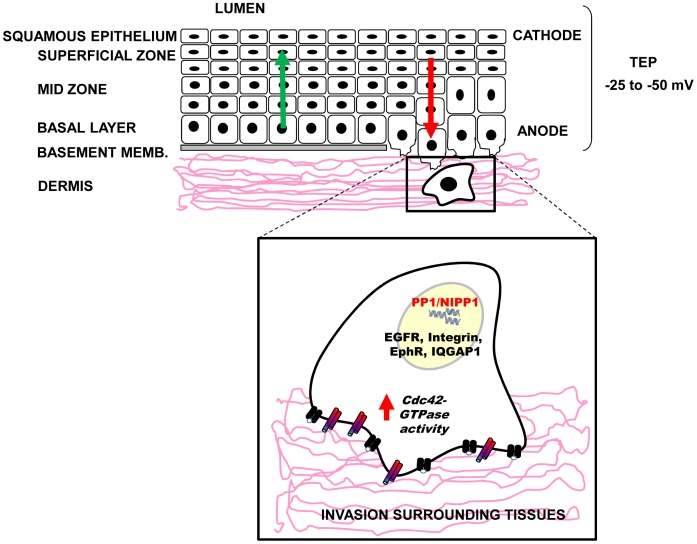Figure 7. Cartoon showing the basic organization of the cervical epithelium and a mechanistic model to explain how PP1/NIPP1 may contribute to invasiveness of tumour cells.
Cervical and vaginal epithelia have lumen potentials of about −25 to −50 mV [65], [66]. Such a lumen potential would correspond to a transepithelial voltage gradients of 1.7 V/cm (170 mV/mm). In these electrophysiological conditions cervical epithelial cells would migrate towards the lumen as they turn over the epithelial lining layer (green arrow). Upregulation of NIPP1 and its recruitment to PP1 would reverse migration into the lumen, encouraging invasion of the surrounding tissue (red arrow).

